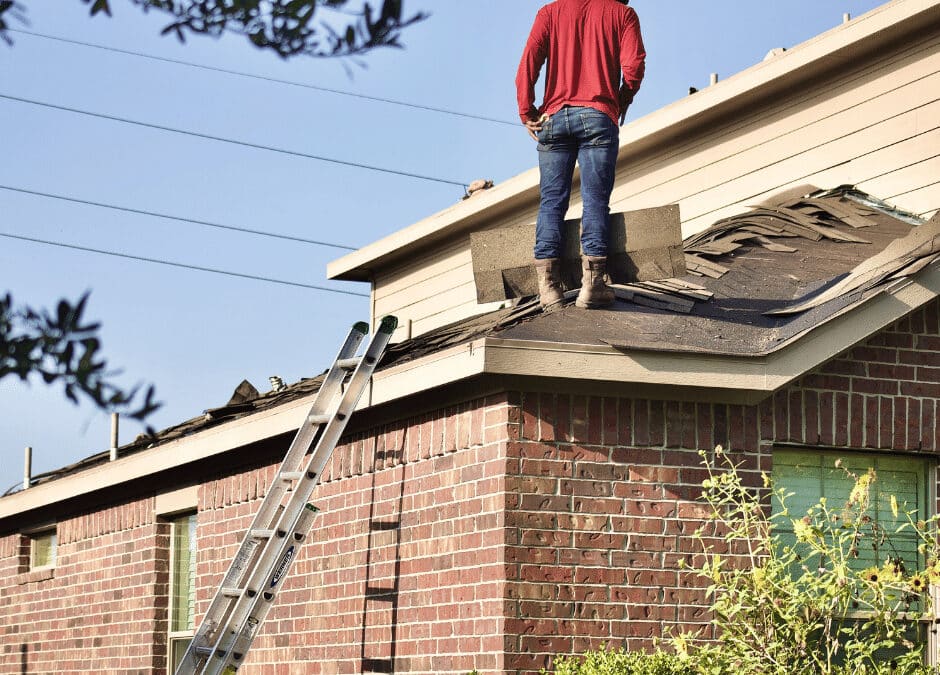There is one question that bothers homeowners everywhere: how often should you inspect your roof and gutters? It is not something that’s easy to do, which means you either invest a lot of effort or pay a professional to do it for you. So, let us dive into an explanation of how frequently an inspection is required!
Fall and spring
You need to inspect your roof and gutters every fall and spring. The fall inspection will help you get adequately prepared for winter. Any issues found need to be dealt with quickly and efficiently. The good news is that this period typically allows you to contract roofers more cheaply since it is their off-season. The spring inspection is meant to catch any damage caused by winter. The hostile weather, frequent snow, and rainfall can leave a lot of subtle damage, which you would miss when trying to inspect your roof and gutters on your own, so it’s probably best to hire professionals for the job. Not that while it protects your home from the elements and a roof can help reduce your energy bills too, to do those things, it needs to be in top condition. So, definitely do not hesitate to pay for repairs here.
After serious storms
Obviously, you shouldn’t inspect your roof and gutters after every bit of rainfall. However, you would be seriously remiss not to have it properly looked at after a severe storm rolls through. Intense storms can very easily damage your roof if you are just the slightest bit unlucky. Which will leave you with a leaky attic and force you to consider items you should move from your attic to self-storage to avoid any potential damage getting to them. If you act slowly, you might just find your belongings are already ruined. Not to mention the fact that roof damage tends to grow worse if left alone for too long. This, in turn, means that you would be paying more than if you had just acted immediately for repairs.
Extreme weather conditions
‘Extreme weather conditions’ is not a term you should take lightly. While it refers to something like extreme storms or even tornadoes and similar, it also covers extreme temperatures. In fact, the latter is a lot more common and just as dangerous for your roof. Especially if there are sudden switches between scorching and mild weather, this is referred to as thermal shock, and it can cause some severe issues for your roof and gutters. In this scenario, your roof shingles or tiles cracking is just the least serious consequence your roof could suffer. Depending on what your roof is made of, the situation can be a lot worse or a bit more promising. At any rate, you should inspect your roof and gutters in these circumstances or find out the hard way why gutters are important for your roof when they’re damaged.
The age of your roof and gutters
Nothing lasts forever, and neither does a good roof. The older your roof gets, the more frequently it’ll need to be repaired to perform well. Gutters tend to age a bit more gracefully if for no reason other than their material’s sturdiness. Naturally, this means you will need to adjust how often you should inspect your roof and gutters accordingly. The older your roof, the more frequently you need to check it, and the more important it gets to go over everything after every storm properly. Note that this also makes it more dangerous to work around a roof with damage. As the promoversmiami.com moving experts noted, even just fetching items from an attic with a damaged roof is risky. So, you should consider having your roof replaced once it gets close to the end of its lifespan, depending on its material.
Special installations
Nowadays, several interesting additions to a roof are available. The most common addition to a residential roof is solar panels. Their advantages make them a valuable addition to any home and, as such, are sought after. Another new development is the popularization of roof gardens. They are installed in order to catch and mitigate the effects of rainfall, better protect your roof from direct sunlight, and liven up your home. However, all of these extra installations also require maintenance. If you have any, then the frequency of how often you should inspect your roof and gutters are much higher, and you need to do it at least four times a year, after every season, even if no strong storms happen. Do not just assume gutters are unrelated to roof installation. As any good roofing company can attest, any source of debris, which a roof garden is, can negatively affect drains.
Noticing problems
Finally, you should inspect your roof and gutters whenever you notice something fishy about them. For example, finding a suspicious puddle in your attic after rainfall is definitely a cause for concern. Seeing a visible dent in your gutters warrants checking the entirety of them. And if you ever notice there is some ‘lag’ in your gutter’s outpour, you need to have the gutters inspected immediately. This is frequently a sign of some sort of blockage in your gutters and that they might soon start overflowing. This is extremely bad for your home and can cause some rather ugly-looking damage. Another good and frequently missed sign that you should have your roof inspected is seeing a ray of light from seemingly no source when in your attic. This is a sure signal that miniature holes in your roof are just waiting to cause trouble.
Final comment
You should now have your answer to the question of ‘how often should you inspect your roof and gutters. To reiterate, an inspection is required at least twice a year. Often, however, weather and other influences necessitate an immediate inspection.

Recent Comments